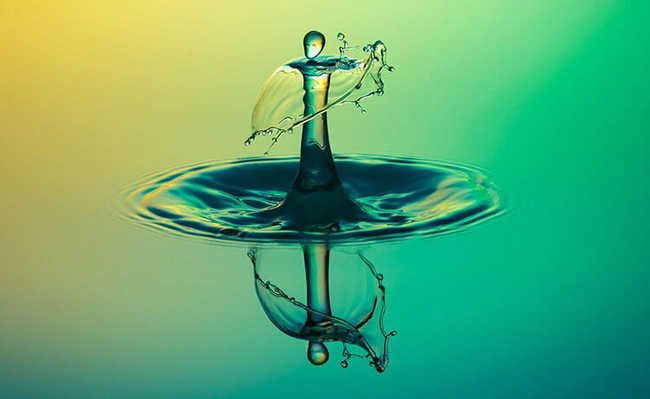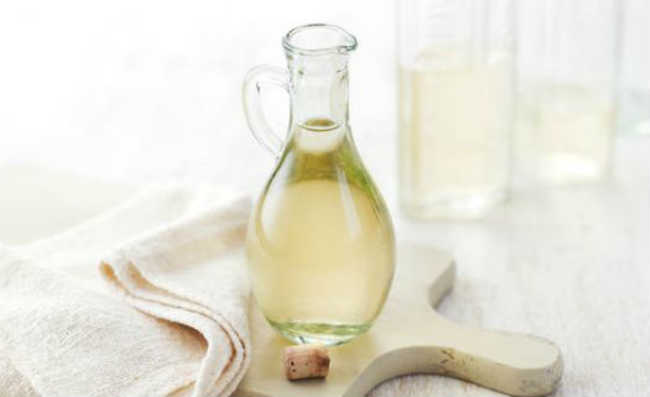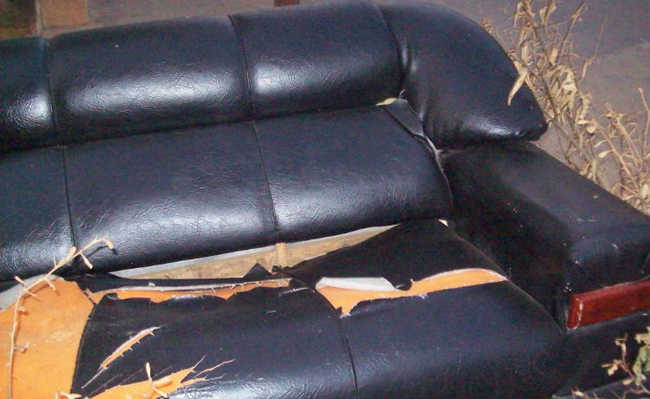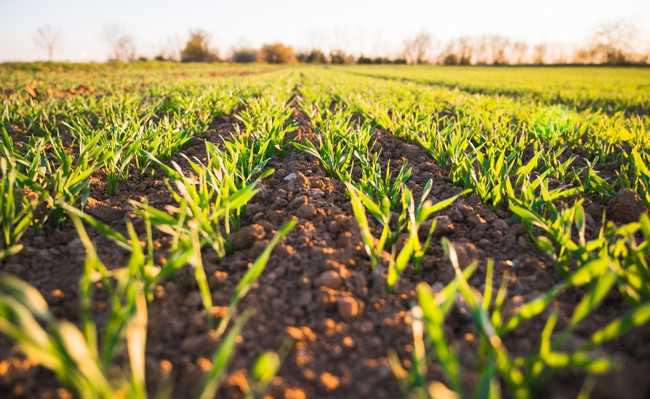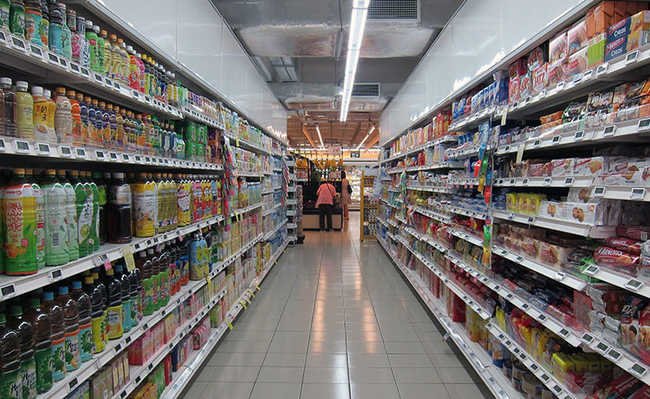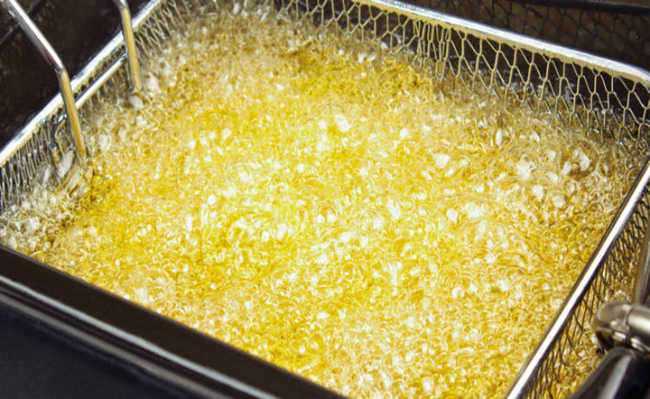Understand the environmental impact of plastic waste on the food chain
Plastic fragments into microplastic and causes a series of environmental damage when entering the food chain

Image: "The cycle of petroleum" by Ingrid Taylar, licensed under CC BY 2.0
The environmental impact of plastic waste on the ocean and hence on the food chain has become a real environmental concern for governments, scientists, NGOs and ordinary people around the world.
A six-year study by the 5 Gyres Institute estimated that there are about 5.25 trillion plastic particles floating in the ocean, which is equivalent to 269,000 tons of plastic.
And the worst thing is that part of all this plastic - in the form of microplastic and nanoplastic - ends up entering the food chain and harming many organisms, including humans.
- There are microplastics in salt, food, air and water
- BPS and BPF: know the danger of alternatives to BPA
Most alarming is that, once in the environment, microplastics absorb dangerous chemicals and are ingested by marine organisms, penetrating the entire food chain, including the terrestrial one. In addition to absorbing persistent and bioaccumulative hazardous chemicals, in many cases the microplastic itself is made of materials that are hazardous to organisms, as in the case of plastics containing bisphenols.
Plastic in the food chain
Different types of marine plastic end up in different parts of the food chain. Plastic bags, for example, look like jellyfish and are consumed by turtles.
Watch in the video a ketognath (phytoplankton animal) eating a microplastic fiber.Alarming instant an arrow worm eats a microfiber and plastic enters the ocean's plankton food chain. As seen on BBC //t.co/gJVxWzxZjI. pic.twitter.com/G14xKf4zRm — Dr Richard Kirby (@PlanktonPundit) March 13, 2017
- Researchers remove plastic straw stuck in turtle nostrils. watch
- Whales and dolphins suffer from excess plastic waste in the ocean
- Marine pollution causes tumors in turtles
Plastic waste can travel long distances. One study showed that the microplastic present in Arctic ice traveled nearly a thousand kilometers from a beach in Norway to reach the ice.
- Know the types of plastic
Anna Marie Cook, one of the US Environmental Protection Agency's leading scientists, believes estimates of the amount of plastic in the ocean are underestimated. This is because estimates are made using plastic sea surface trawls. Plastics that sink are not accounted for, which makes the reach of the microplastic problem in the food chain underestimated: "A little more than half of all plastic sinks, whether in the sediment environment near the coast or on the ocean floor "explains Marie Cook.
Plastic is present all over the planet. It was taken to the most remote beaches and accumulates in distant regions, being discovered in dead organisms, from fish to birds and whales.
The future does not hold good news for us, as world plastic production has been growing steadily for more than half a century, from approximately 1.9 tons in 1950 to about 330 million tons in 2013. The World Bank estimates 1.4 tons billions of tons of garbage are generated globally each year and, of this total, 10% is plastic. The International Maritime Organization has banned the dumping of plastic waste (and most other waste) into the sea. However, even if it is disposed of correctly, some of the plastic that should be landfilled, incinerated or recycled escapes into the environment - and a considerable fraction of that escaping plastic ends up in the ocean .
With the effects of sun exposure, oxidation, the physical action of animals and waves, and mechanical shocks, the plastic that arrives in the ocean or the terrestrial environment gradually fragments and becomes microplastic.
But fragmenting large pieces of plastic isn't the only way microplastics end up in the ocean. Nurdles - plastic wafers used as raw material for the production of plastic products - can fall from ships or trucks and end up in the land or ocean environment.
Microspheres used as exfoliants in personal care products such as skin cleansers, toothpaste and shampoos can escape water from water treatment facilities and end up in the sea.
Even washing clothes made from plastic fiber fabrics can be a source of microplastic for the ocean.
- The danger of microplastics in exfoliants
The friction of car tires with the asphalt and the washing of the street in the rain also carries microplastic into the sea. Understand more about this topic in the article: "What is the origin of the plastic that pollutes the oceans?"
Marine organisms in the food chain consume plastics of various sizes. The smallest ones - microplastics - are small enough to be mistaken for food by zooplankton. And this is one of the ways in which plastic enters the food chain. Some larger organisms confuse the nurdles (usually less than 5 mm in diameter) with fish eggs or other food sources.
Laboratory tests show that chemical additives, pollutants and metals adsorbed on the surface of ingested plastic can debone and transfer to the guts and tissues of marine organisms.
However, in the case of humans, plastic does not harm the organism only through its entry into the food chain, but also through the transfer of dangerous substances from packaging to food, this is the case of plastic made from bisphenol.
- Bisphenol can cause behavioral changes in children
- What is BPA?
- BPA free bottle: is the baby really safe?
Research has shown that harmful and persistent substances can bioaccumulate (increase concentration in the body) and biomagnify (increase concentration at higher trophic levels) in organisms.
Damage caused by plastic to the food chain
Researcher Mark Browne, from the University of California, has shown that microplastics with sizes of 3.0 and 9.6 µm in diameter can end up in the intestines of mussels and remain there for more than 48 days. A 2012 study by another group showed that the microplastics absorbed by mussels resulted in a strong inflammatory response.
Ecologist Heather Leslie, from the Free University of Amsterdam, says that plastic particles can induce immunotoxicological responses, alter gene expression (increase the risk of cancer) and cause cell death, among other adverse effects. "Microplastics can pass through the placenta and the blood-brain barrier and can be absorbed in the gastrointestinal tract and lungs, places where damage can occur," she says.
But, as some scientists say, the full potential of damage that plastic can cause to the food chain is not known for sure, and further studies need to be carried out and the issue's visibility increased.
What to do?
To reduce plastic waste in the food chain, the first step is to practice conscious consumption, that is, to rethink and reduce consumption. Have you ever thought about how many superfluous items we use on a daily basis that could be avoided?
On the other hand, when it is not possible to avoid consumption, the solution is to opt for consumption as sustainable as possible and for reuse and/or recycling. But not everything is reusable or recyclable. In this case, perform the disposal correctly. Check which collection points are closest to your home in the search engines on the eCycle Portal.
But remember: even with the correct disposal it is possible for the plastic to escape into the environment, so consume with awareness.
To find out how to reduce your consumption of plastics, take a look at the article: "How to reduce plastic waste in the world? Check out essential tips".
To find out how to consume more sustainably, see the article: "What is sustainable consumption?". Lighten your footprint.



